
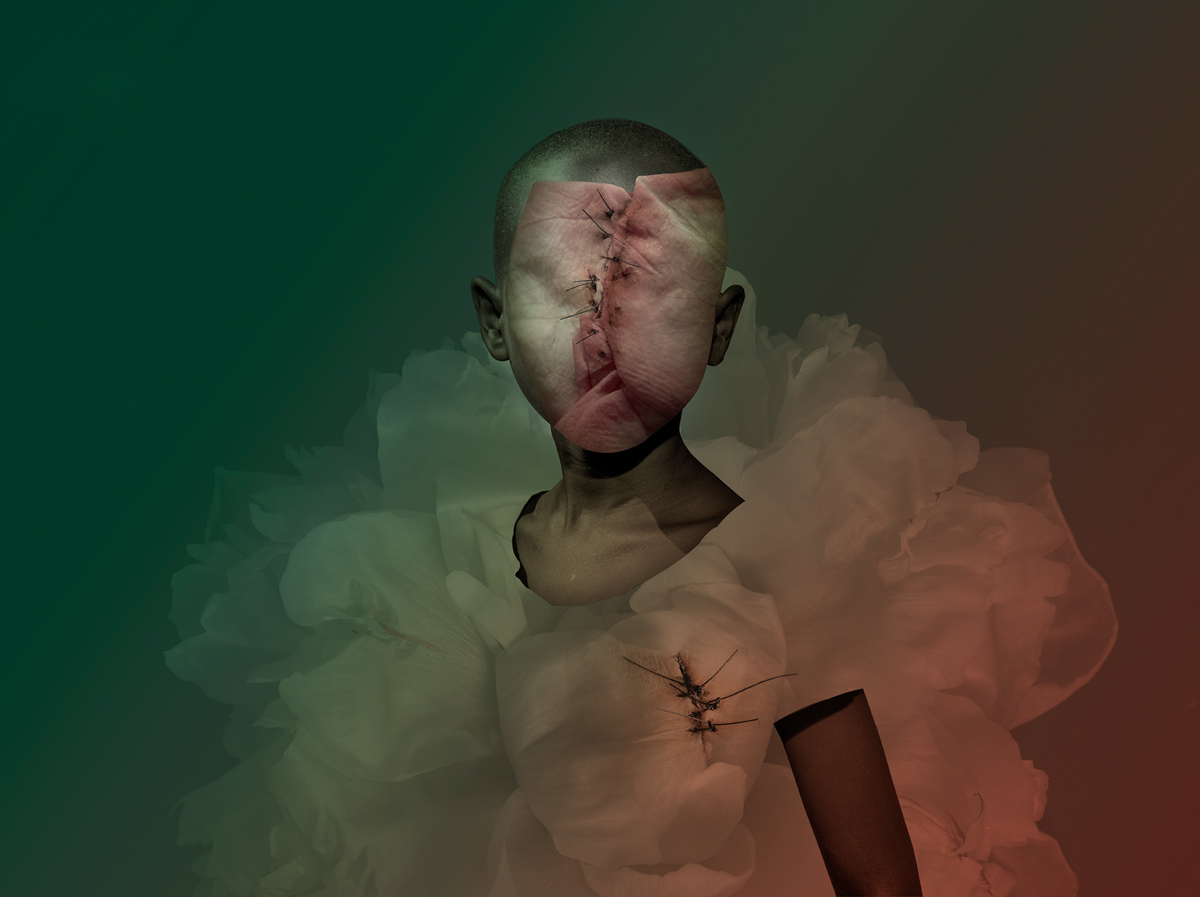

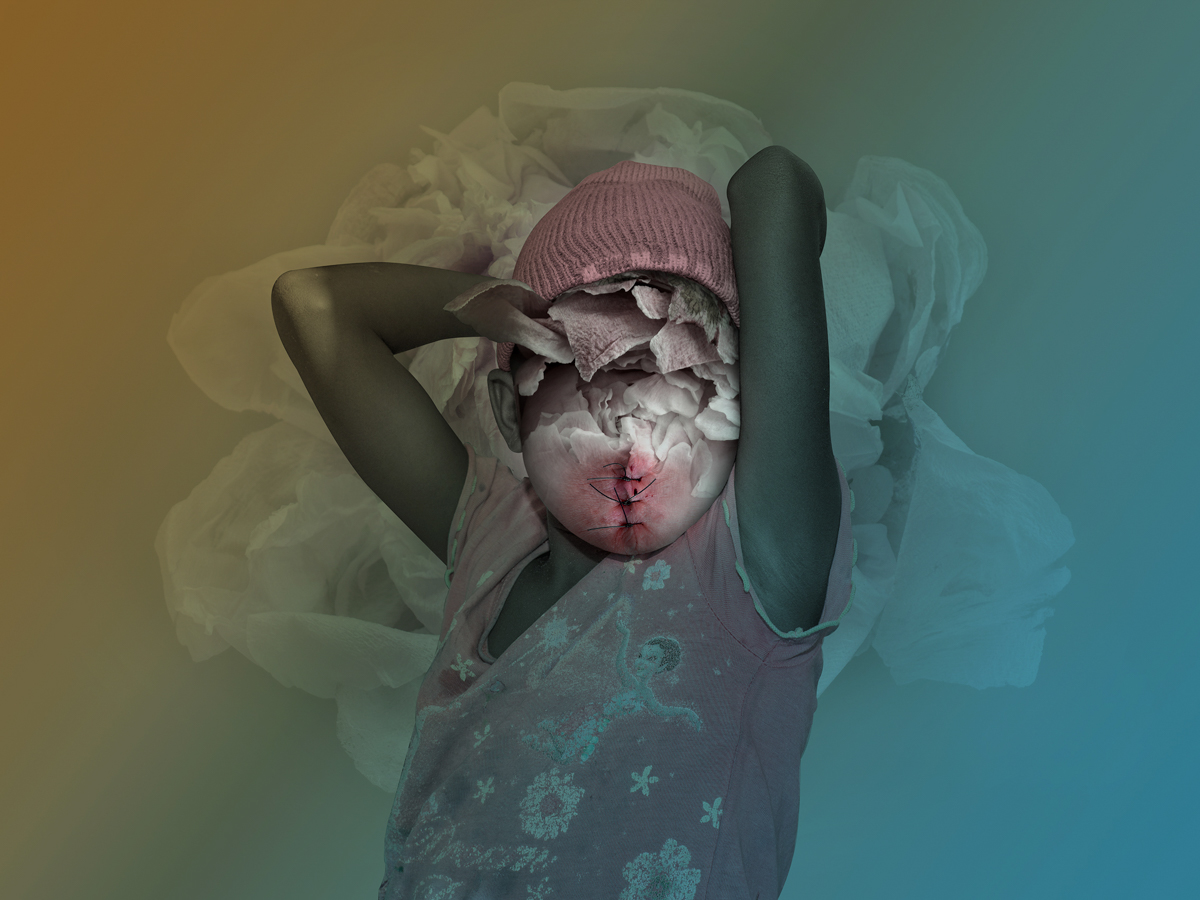



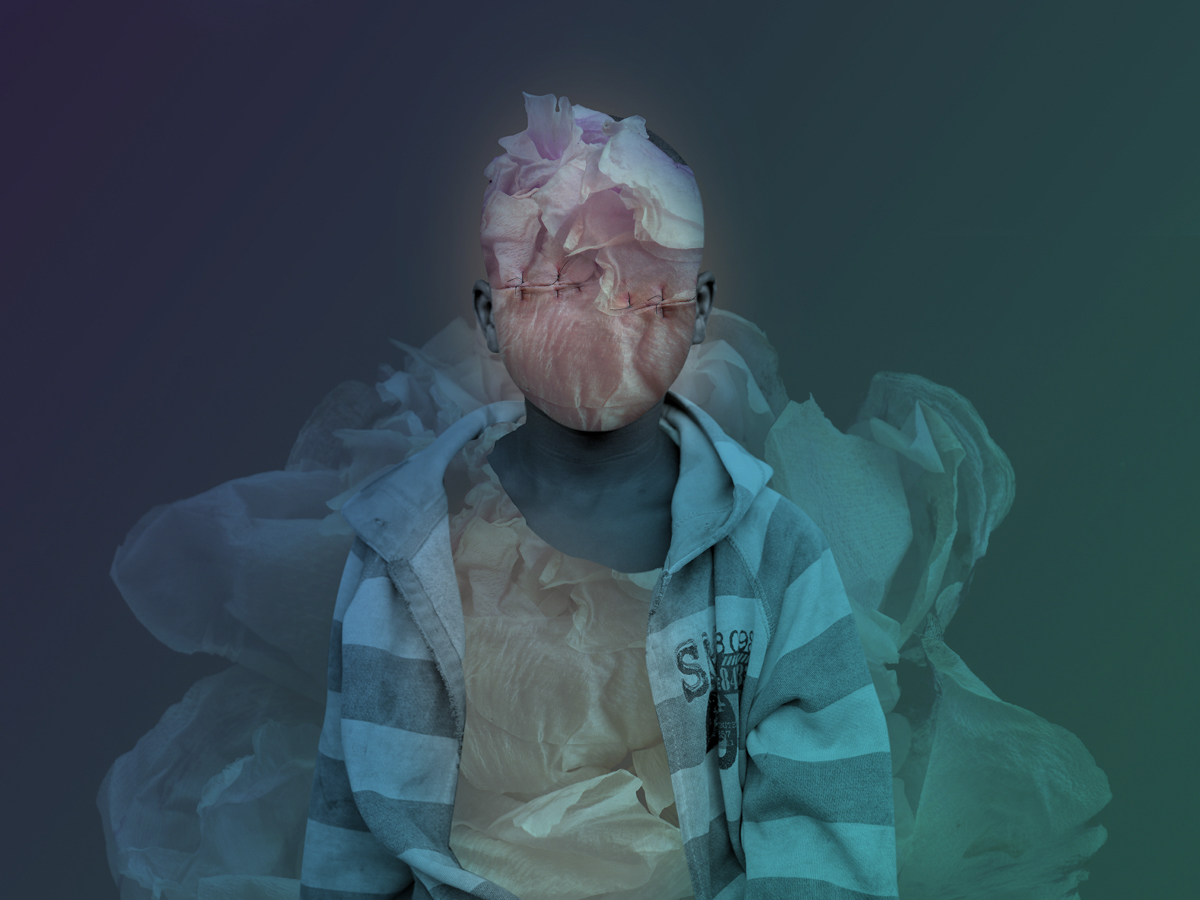
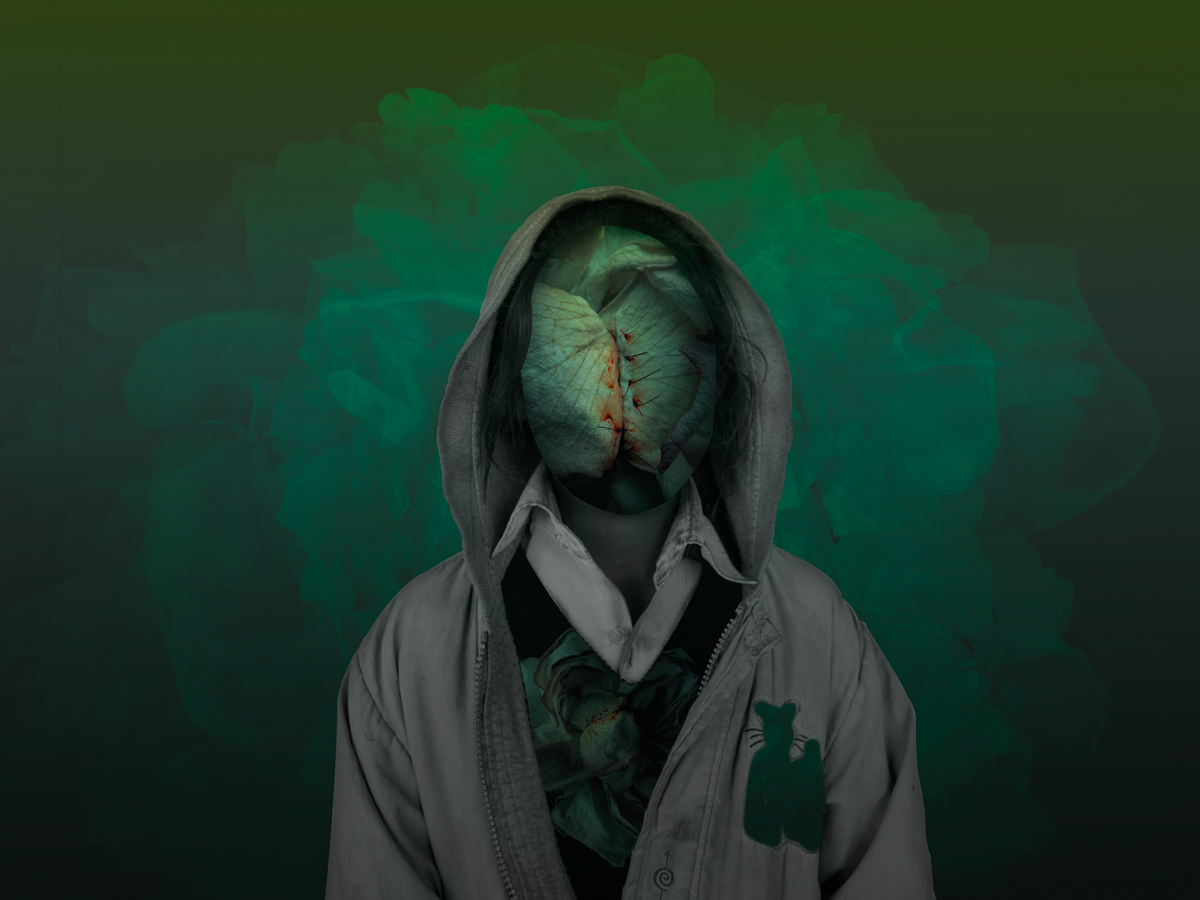
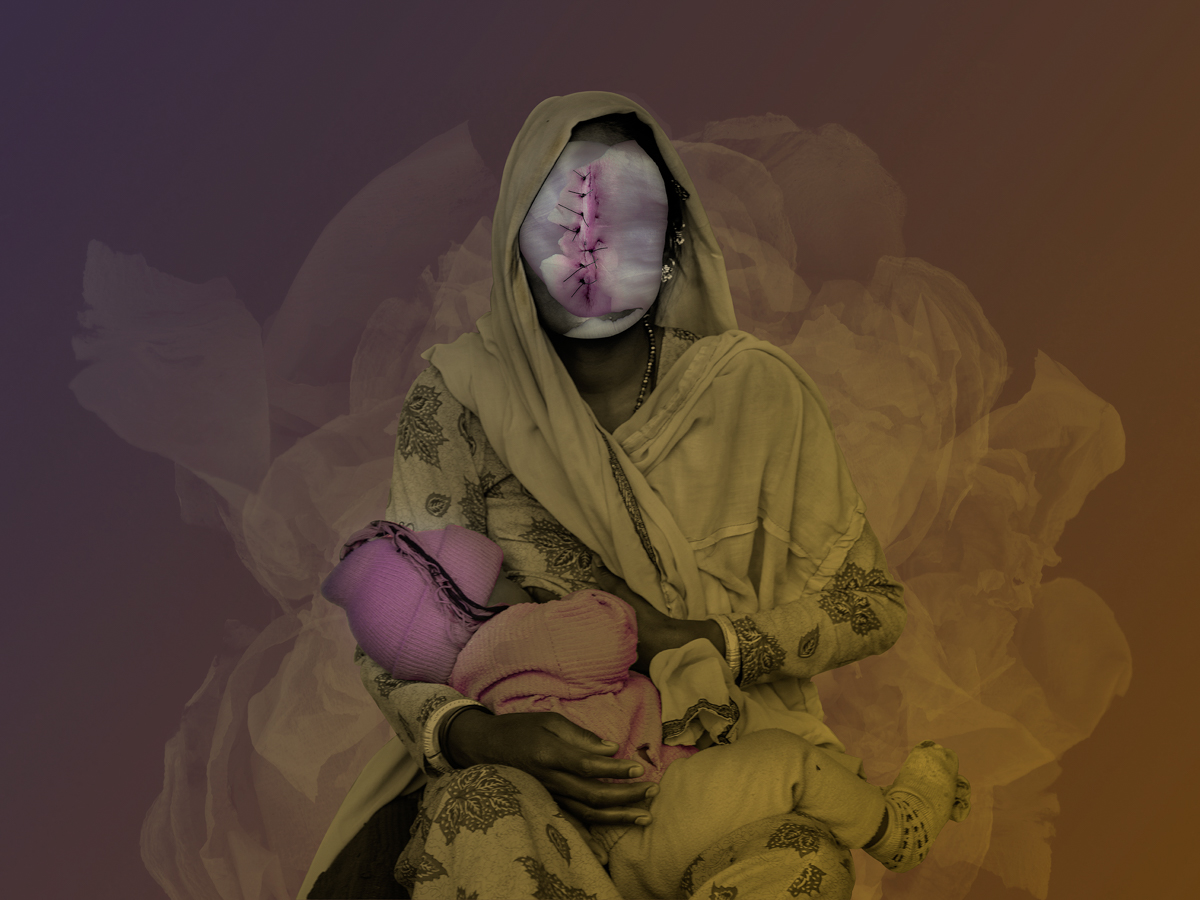

D E F L O W E R E D ( c o l l a g e )
An estimated 200 million girls and women alive today are believed to have been subjected to FGM - female genital mutilation. If the practice continues at recent levels, 68 million girls will be cut by 2030. Its persistence is a sign of global inequality and an indication that health systems are failing to protect the health and human rights of the poorest and most vulnerable women and girls. the practice is an extreme violation of women's basic human rights.
Female genital mutilation takes place during childhood, at the time of marriage, during a woman's first pregnancy or after the birth of her first child. Recent reports suggest that the age has been dropping in some areas, with most FGM carried out on girls between the ages of 0 and 15 years.
FGM is carried out as a way to control women’s sexuality, which is sometimes said to be insatiable if parts of the genitalia, especially the clitoris, are not removed. It is thought to ensure virginity before marriage and fidelity afterward, and to increase male sexual pleasure. It is also seen as part of a girl’s initiation into womanhood and as an intrinsic part of a community’s cultural heritage. Sometimes myths about female genitalia (e.g., that an uncut clitoris will grow to the size of a penis, or that female genital mutilation will enhance fertility or promote child survival) perpetuate the practice.
Girls and women who have undergone FGM live predominately in sub-Saharan Africa and the Arab States, but FGM is also practiced in select countries in Asia, Eastern Europe and Latin America.
.
